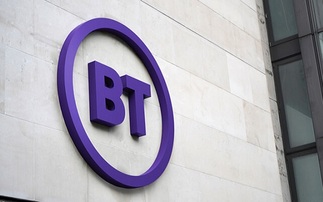Telecoms giant claims there could be no need for more 'expensive, disruptive and time consuming' FTTH
Telecoms giant BT has conducted some new trials using a combination of fibre and copper, achieving downstream speeds of about 800Mbps, and upstream speeds of more than 200Mbps. The telco claims ...
To continue reading this article...
Join Computing
- Unlimited access to real-time news, analysis and opinion from the technology industry
- Receive important and breaking news in our daily newsletter
- Be the first to hear about our events and awards programmes
- Join live member only interviews with IT leaders at the ‘IT Lounge’; your chance to ask your burning tech questions and have them answered
- Access to the Computing Delta hub providing market intelligence and research
- Receive our members-only newsletter with exclusive opinion pieces from senior IT Leaders






















